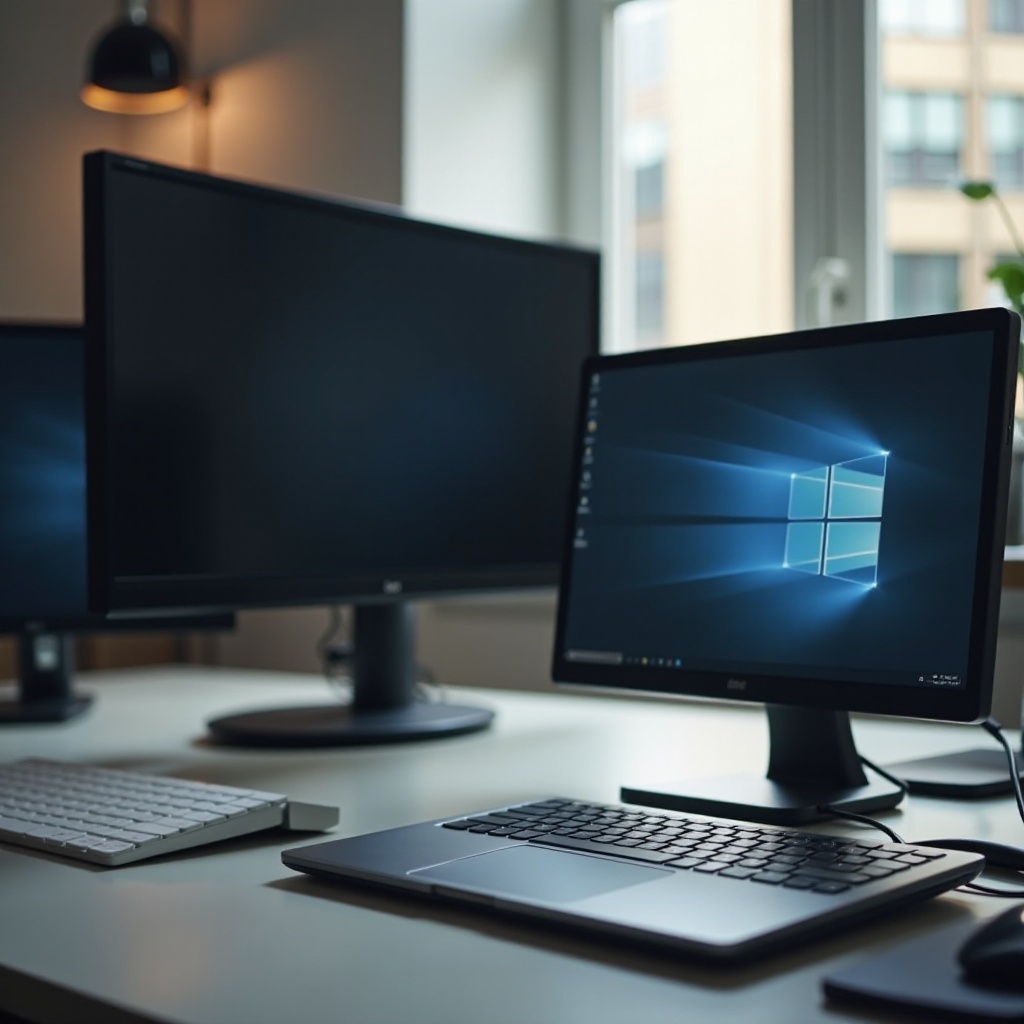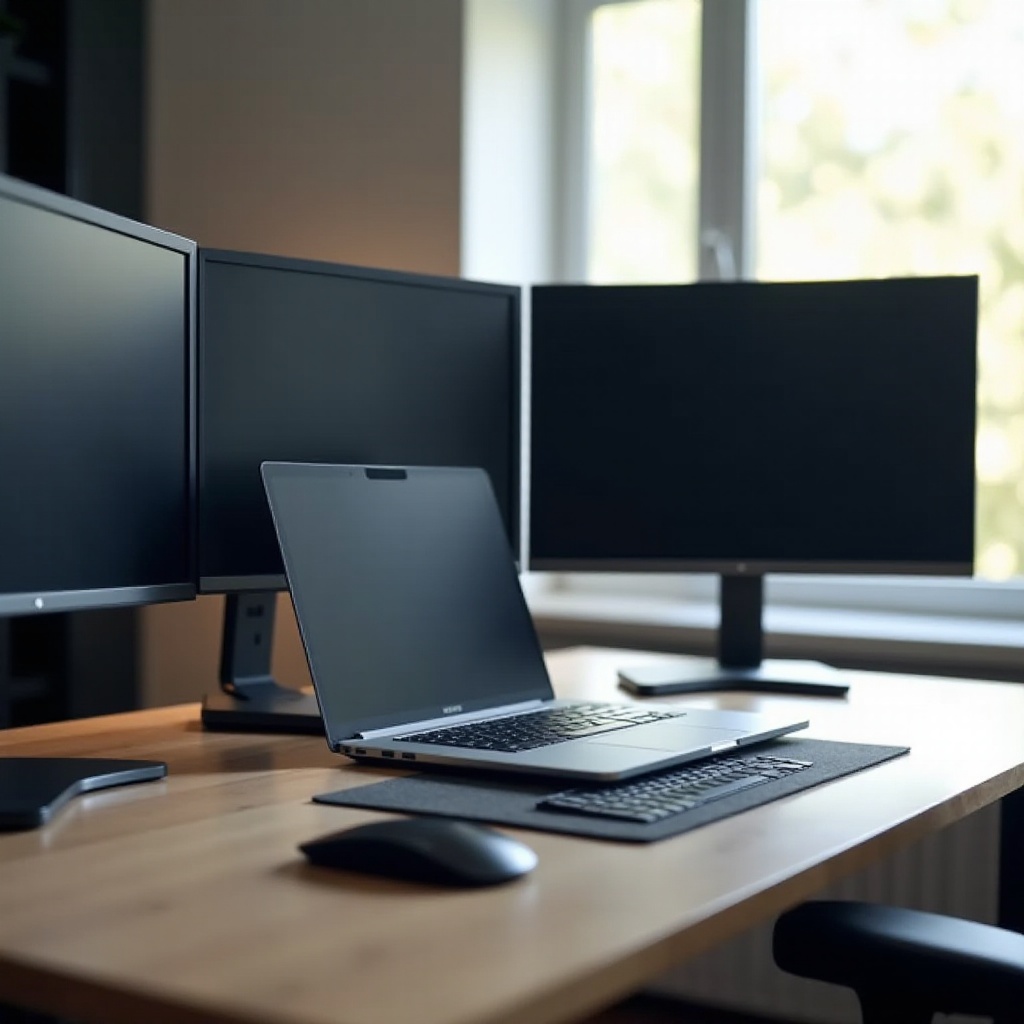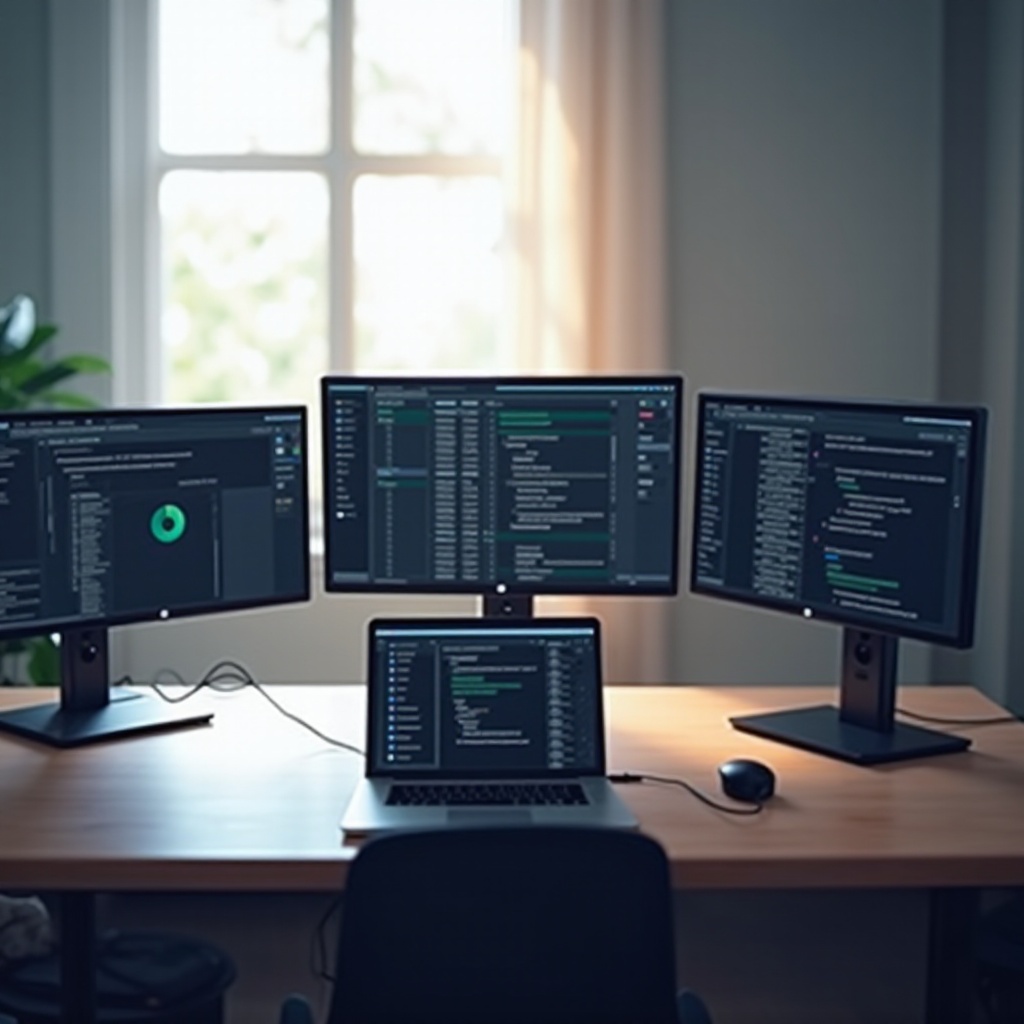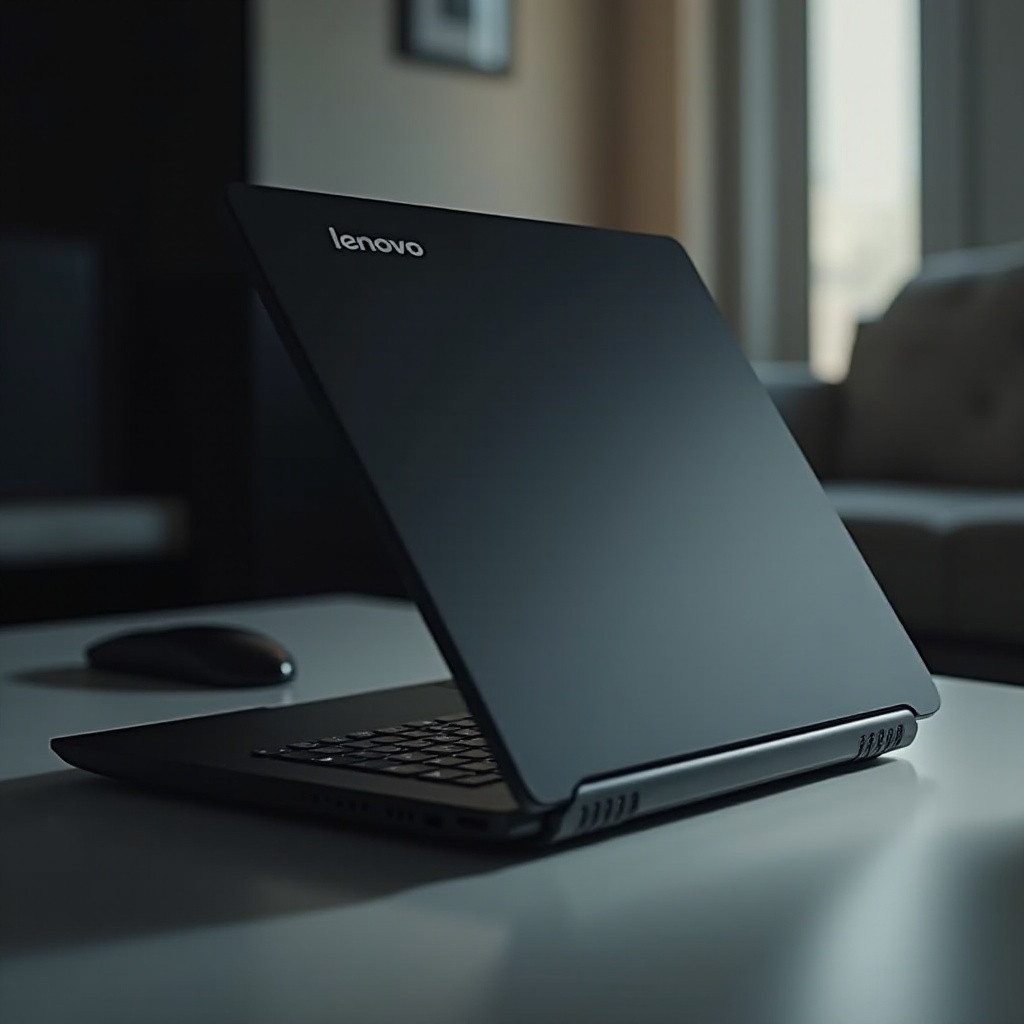Introduction
In today’s fast-paced world, productivity is paramount. One way to significantly boost your efficiency is by adding three monitors to your laptop. This setup provides increased screen real estate, making multitasking more seamless and organized. Gone are the days when multiple monitor setups were exclusive to desktops; laptops now have the ability to support several monitors with the correct tools and know-how. This comprehensive guide will take you through understanding your laptop’s capabilities, gathering the necessary equipment, and executing the setup process. By following this guide, you will create a seamless multi-monitor workstation, transforming your workflow.

Check Your Laptop’s Capabilities
Before you rush to add additional screens, the first step is to assess your laptop’s capabilities. Understanding compatibility is critical for a smooth setup and optimal performance.
Determine Available Ports and Connections
Begin by identifying the ports available on your laptop. Common port types include HDMI, USB-C, and DisplayPort. The monitors you choose should be compatible with these ports to avoid dealing with unnecessary adapters. A quick review of your laptop’s manual or an online search for model specifications will provide you with detailed information about the available ports.
Assess Graphics Card Support
After identifying the ports, the next step is to determine whether your laptop’s graphics card can handle multiple displays. Integrated graphics cards might struggle with more than two displays, while dedicated graphics cards often support three or more. Check your GPU model in your laptop specs and verify its multi-monitor capabilities on the manufacturer’s website. Understanding your laptop’s specifications prepares you for the equipment selection process in the subsequent section.

Essential Equipment for a Multi-Monitor Setup
With a clear understanding of your laptop’s capabilities, the next task is to gather the essential equipment needed to connect three monitors.
Necessary Cables and Adapters
Count the available ports and note their connection types. The necessary cables could include HDMI, DisplayPort, or USB-C. When your laptop’s ports and your monitor connections differ, it’s advisable to invest in the right adapters. Options like HDMI to DisplayPort adapters can help resolve mismatched connections.
Docking Stations and Port Replicators
If your laptop lacks sufficient ports, consider investing in a docking station or port replicator. These devices expand the available connections, making multi-monitor setups more manageable and efficient. Ensure the docking station is compatible with your laptop brand and supports the required port types. Armed with the necessary equipment, you are ready to proceed to the setup process.
Step-by-Step Guide to Connect 3 Monitors
Connecting your laptop to three monitors can be done by considering different configurations to cater to various port setups.
Connecting via Built-In Ports
-
Connect each monitor to the laptop directly: Utilize the necessary cables and adapters for each monitor connection. Ensure your laptop has the required number of ports or make use of any available built-in ports for connections.
-
Power on the monitors: Turn on all monitors and the laptop to facilitate easy detection and configuration.
Utilizing a Docking Station
-
Set up the docking station: Connect the station to a power source and then connect it to your laptop using a primary port connector, like USB-C.
-
Connect monitors to the docking station: Use the docking station’s ports to connect the cables to each monitor. This single-point connection reduces cable clutter and enhances usability.
Configuring Display Settings in Windows and macOS
-
Access display settings: On Windows, right-click your desktop and select ‘Display settings.’ On macOS, navigate to ‘System Preferences’ and select ‘Displays.
-
Arrange and configure displays: Select ‘Extend these displays’ on Windows or arrange displays on macOS as per your preference. Ensure the screen resolutions match for a seamless display quality. With your setup complete, you may encounter some issues, so let’s explore solutions for common problems.
Troubleshooting Common Issues
During setup, you might face some issues. Here’s how to troubleshoot common connection and display quality issues.
No Signal or Connection Problems
- Double-check connections: Ensure all cables are securely connected to the right ports.
- Update drivers: Check for graphics driver updates that might resolve connectivity issues. Visit the graphics card manufacturer’s site for the latest downloads.
Resolving Display Quality Discrepancies
- Verify resolution settings: Ensure each monitor is set to its native resolution for optimal clarity.
- Check your graphics card performance: If quality issues persist, consider adjusting graphics settings or upgrading hardware to better support the setup. With the technical issues out of the way, let’s focus on optimizing your workspace.
Optimizing Your Multi-Monitor Arrangement
Having a well-organized setup greatly enhances both usability and the aesthetics of your workspace.
Ergonomic Monitor Placement
Position your monitors at eye level to avoid neck strain, and tilt them slightly inward to provide ease of viewing. The primary monitor, which you use for most tasks, should be directly in front of you.
Effective Cable Management
Organize cables with cable ties or wire clips to prevent tangling and maintain a clean desk appearance. Minimal visual distractions and easy accessibility contribute to a productive workspace. A tidy setup ensures a clutter-free workspace, boosting overall productivity.

Best Practices for Using Multiple Monitors
To make the most out of multi-monitor setups, consider incorporating some best practices.
Productivity Software Recommendations
Take advantage of software like Virtual Desktop Managers to efficiently allocate tasks across multiple screens. Building workflows that leverage productivity-boosting apps can further enhance your work’s efficiency.
Workspace Organization Tips
Assign specific screens for different applications or tasks. For instance, keep communication apps on one screen, documents on another, and creative tools on a third screen for optimum workflow management. Implementing these practices ensures that your workspace fully supports your tasks.
Conclusion
Adding three monitors to your laptop is a game-changer, no longer exclusive to tech enthusiasts or professionals. With the guidance of this comprehensive tutorial, connecting and making effective use of additional monitors becomes straightforward and attainable. Ensuring compatibility, acquiring the right tools, and following a step-by-step process will fundamentally transform how you work and interact with digital content, significantly boosting productivity.
Frequently Asked Questions
Can I connect three monitors to any laptop?
Most modern laptops support multi-monitor setups, but it’s crucial to verify your GPU capability and port availability.
What if my laptop doesn’t have enough ports?
Consider using a docking station or port replicator to expand available connections and achieve the desired monitor setup.
How can I prevent performance issues with multiple monitors?
Maintain updated drivers and adjust graphics settings to match monitor capabilities, ensuring stable performance across multiple displays.


